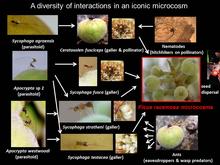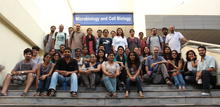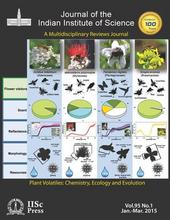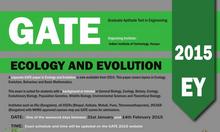Topic:
The wild chimpanzees in Bossou and Nimba: From Primatology to Wildlife science.
Speaker:
Prof. Tetsuro Matsuzawa, Professor, Section of Language and Intelligence, Founding Director, Center for International Collaboration and Advanced Studies Primate Research Institute, Kyoto University President, the International Primatological Society General Director, Japan Monk
Venue:
MRDG Seminar Hall, First Floor, New Biological Science Building
Speaker Bio:
Matsuzawa is known for his research on chimpanzee intelligence both in the laboratory and in the wild. His laboratory work consists of the Ai-project, which focuses on the language-like skills, number-concepts, and memory ability of a female chimpanzee named Ai. Started in 1978, it is one of the longest running laboratory research projects on chimpanzee intelligence. Matsuzawa has been a part of the project since the beginning. Matsuzawa has also studied tool use in the wild chimpanzees at Bossou, Guinea, West Africa since 1986. The bossou chimpanzee community consists of about 12 individuals and has been studied by Japanese researchers for three decades. Bossou chimps are well known to use a pair of stones as hammer and anvil to crack open oil-palm nuts. Long-term research on wild chimpanzee tool use revealed interesting topics like handedness of use of a hammer, critical period of learning nut-cracking at around 3 to 5 year old, "education by master-apprenticeship " and observational learning, possession of stones, deception, new tool use like algae-scooping, use of leaves for cushions, cultural variation in adjacent communities, etc. Matsuzawa's approach to research is to synthesize the field work and the laboratory work in order to understand the nature of chimpanzees, our evolutionary neighbors.
Matsuzawa is well known for his research on chimpanzee memory, which suggests that chimpanzees outperform humans on some simple memory tasks. He has argued that this is evidence of a memorial capacity in young chimpanzees that is superior to that seen in adult humans. However, the accuracy of these findings has been disputed. Silberberg & Kearns (2008) have argued that the performance difference between human and chimpanzee trials can be explained by training effects on the tested chimpanzees. This finding has been replicated on a popular German science television show.
Source:https://en.wikipedia.org/wiki/Tetsuro_Matsuzawa




